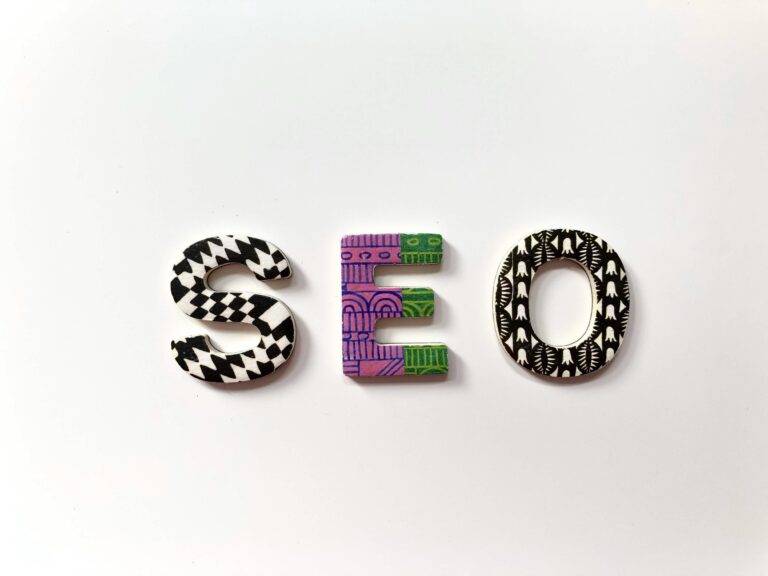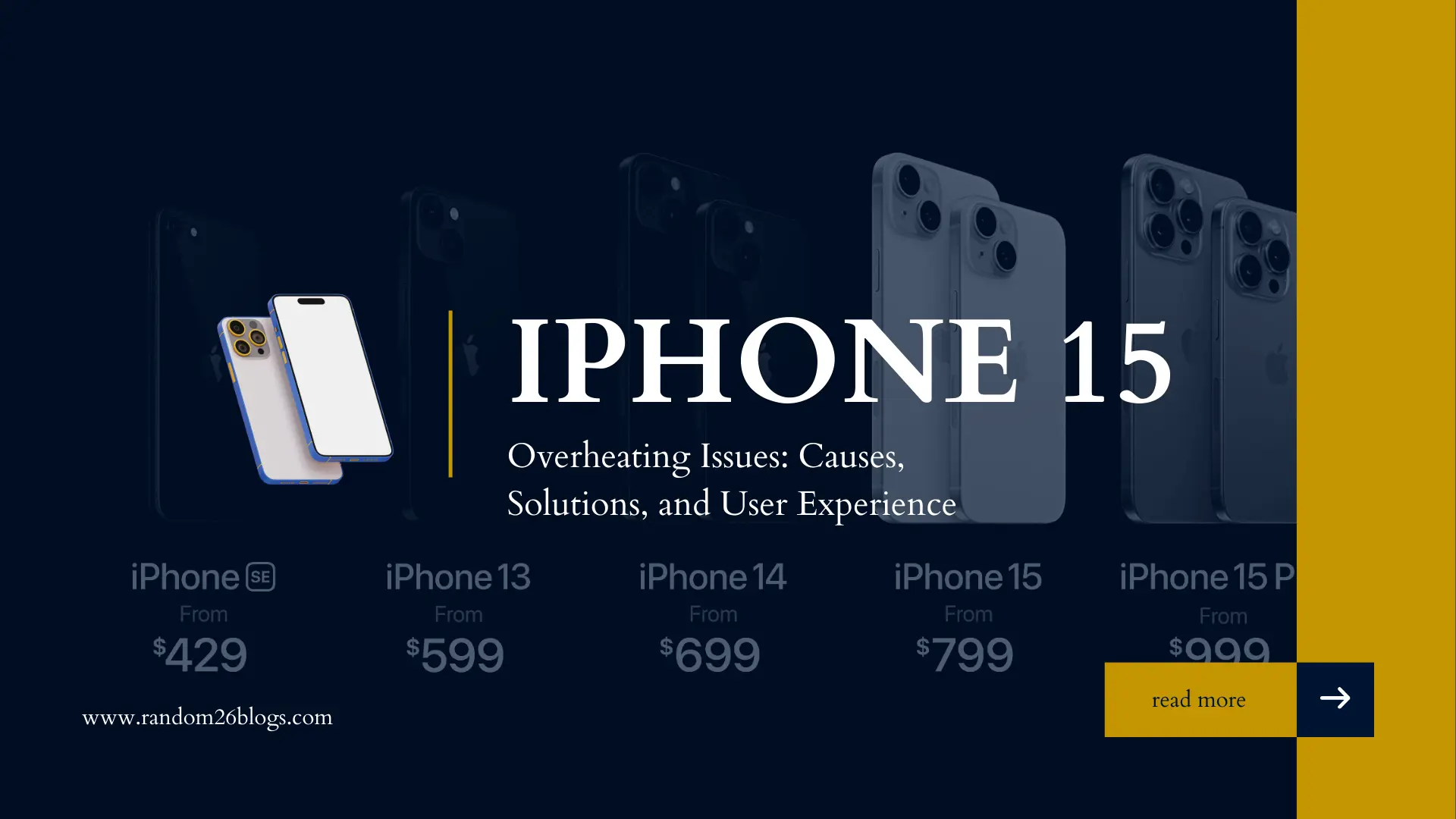
In the ever-evolving world of smartphones, Apple has always been at the forefront of innovation. The release of the iPhone 15 was no exception. With its sleek design, powerful features, and cutting-edge technology, it promised to be a game-changer in the smartphone market. However, not long after its release, some users began reporting an unexpected and frustrating issue – overheating. In this article, we will explore the iPhone 15, its unique features, and delve into the overheating problem that has left many users scratching their heads.
Table of Contents
Here’s a concise overview of the ten most significant enhancements introduced with the iPhone 15:
- USB-C Adoption: The Lightning port has been replaced with a USB-C port.
- Dynamic Island Across All Models: All four models now feature Dynamic Island technology.
- Diverse Chipsets: The iPhone 15 and 15 Plus are equipped with the A16 chip, while the iPhone 15 Pro and 15 Pro Max utilize the newer A17 chip.
- Titanium for Pro Models: Pro models have transitioned to titanium frames, shedding weight compared to stainless steel.
- Action Button for Pros: iPhone 15 Pro models introduce a programmable Action Button, replacing the traditional mute switch.
- Enhanced Battery Capacity: Slightly larger batteries are incorporated into the new models.
- Zoom Advancement: Only the iPhone 15 Pro Max boasts a periscope camera with an extended zoom range.
- Camera Upgrades: Regular iPhone 15 models feature upgraded main cameras equipped with 48MP sensors.
While these are the standout features, there are numerous other smaller enhancements to explore. In the sections below, we delve deeper into these improvements and provide comprehensive insights into the entire iPhone 15 lineup. Keep reading to uncover the full array of innovations within the iPhone 15 family!
The iPhone 15 Unveiled
The iPhone 15 made its grand entrance into the tech world in September [year of release], boasting a range of new features that set it apart from its predecessors. With an upgraded camera system, faster processor, and a stunning titanium frame, it was hailed as a marvel of modern technology. Apple enthusiasts eagerly anticipated the latest iOS 17, which was specifically optimized to harness the full potential of this new device.
However, as users began to put their iPhone 15s to the test, a growing number of complaints emerged regarding overheating issues. Let’s take a closer look at the causes of this problem and potential solutions.
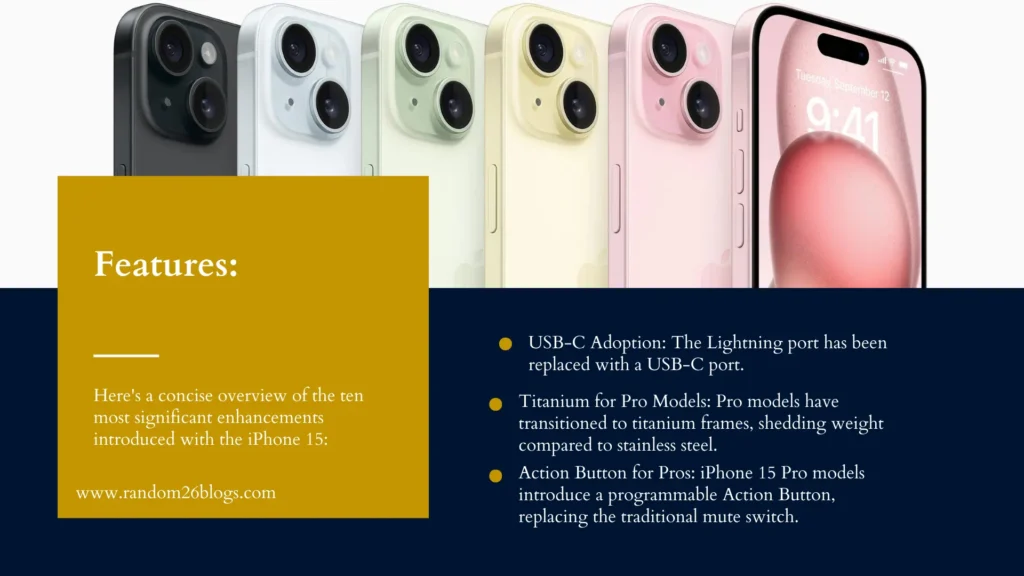
Causes of Overheating
- Titanium Frame: One of the standout features of the iPhone 15 is its titanium frame, which not only gives the device a premium look but also helps with durability. However, some users have pointed out that the titanium frame can conduct heat, causing the device to warm up more than expected during prolonged use.
- iOS 17 Bugs: Every new iOS update brings exciting new features, but it can also introduce unexpected bugs. Users have reported that iOS 17 contains certain glitches that contribute to the overheating problem.
- App Bugs: In addition to iOS 17 bugs, some third-party apps may not be fully optimized for the iPhone 15, leading to excessive CPU usage and, subsequently, overheating.
- Temporary Set-Up Period: During the initial set-up and data transfer process, the iPhone tends to consume more power, which can result in increased heat generation. This is typically a temporary issue that resolves itself after the initial setup.
Apple analyst Ming-Chi Kuo has commented on the overheating concerns, suggesting that the titanium frame’s heat conductivity may indeed be a contributing factor. Meanwhile, Apple has acknowledged the issue and is actively working on solutions through software updates.
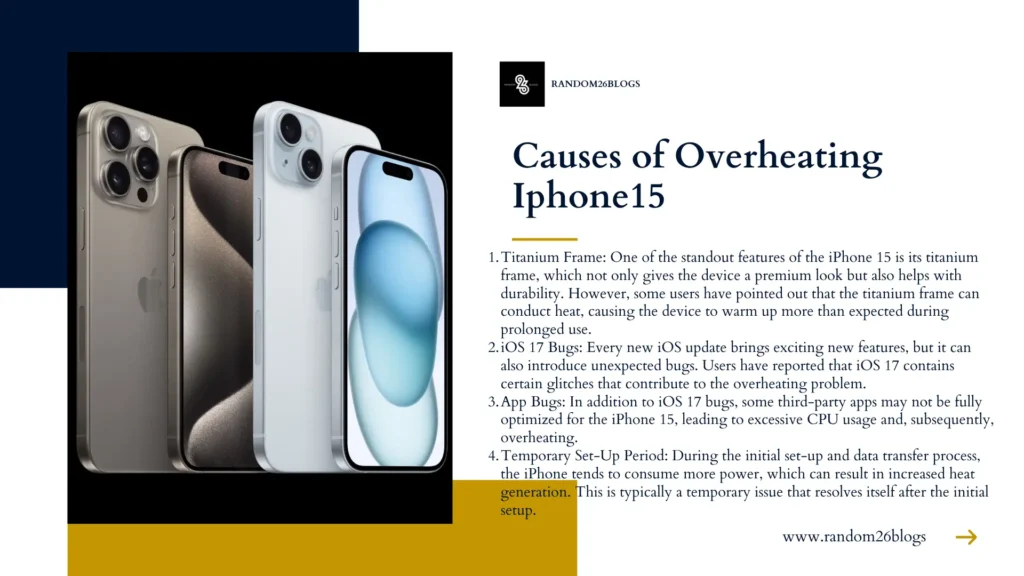
Solutions and Tips
If you’re one of the users facing overheating issues with your iPhone 15, there are several steps you can take to mitigate the problem:
- Software Update: Keep your iPhone’s software up to date. Apple regularly releases updates to address bugs and improve device performance. Check for the latest iOS updates and install them as they become available.
- Close Unused Apps: Background apps can consume CPU resources and generate heat. Make it a habit to close apps that you’re not actively using. You can do this by double-clicking the home button and swiping up on the app windows.
- Avoid Direct Sunlight: Exposure to direct sunlight can cause your iPhone to heat up quickly. Try to keep your device in the shade or a cooler environment, especially during hot weather.
- Use a Case: Using a case that is specifically designed to dissipate heat can help prevent overheating. There are various cases available on the market that provide extra cooling.
- Contact Apple Support: If the issue persists despite trying the above solutions, don’t hesitate to reach out to Apple’s customer support. They can provide personalized assistance and guidance based on your specific situation.
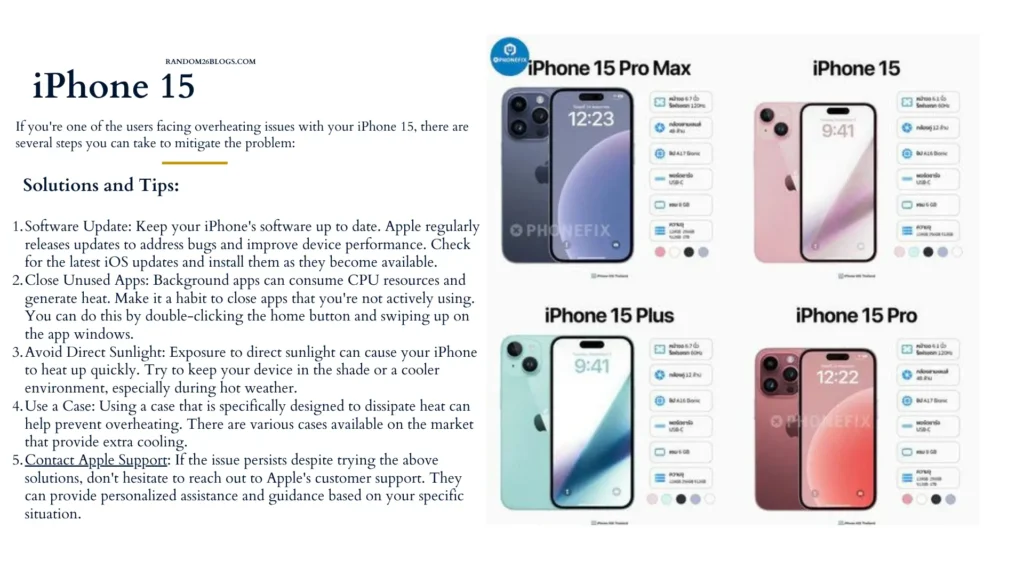
Tech experts have echoed these suggestions, emphasizing the importance of staying vigilant and proactive when it comes to preventing and addressing overheating issues.
summery
The iPhone 15 is undeniably an impressive piece of technology, pushing the boundaries of what a smartphone can do. However, the overheating problem has marred the user experience for some. While the titanium frame and iOS 17 bugs have been identified as potential culprits, it’s reassuring to know that Apple is actively working on solutions to address these issues through software updates.
As with any new technology, there are bound to be some growing pains, but it’s essential to remember that Apple is committed to providing a top-notch user experience. By following the solutions and tips outlined in this article, users can continue to enjoy the iPhone 15’s remarkable features while minimizing overheating concerns.
We invite our readers to share their feedback and experiences with the iPhone 15 in the comments section below. Your insights and suggestions can help fellow users make the most of their devices and stay cool under the pressure of technological advancements.
